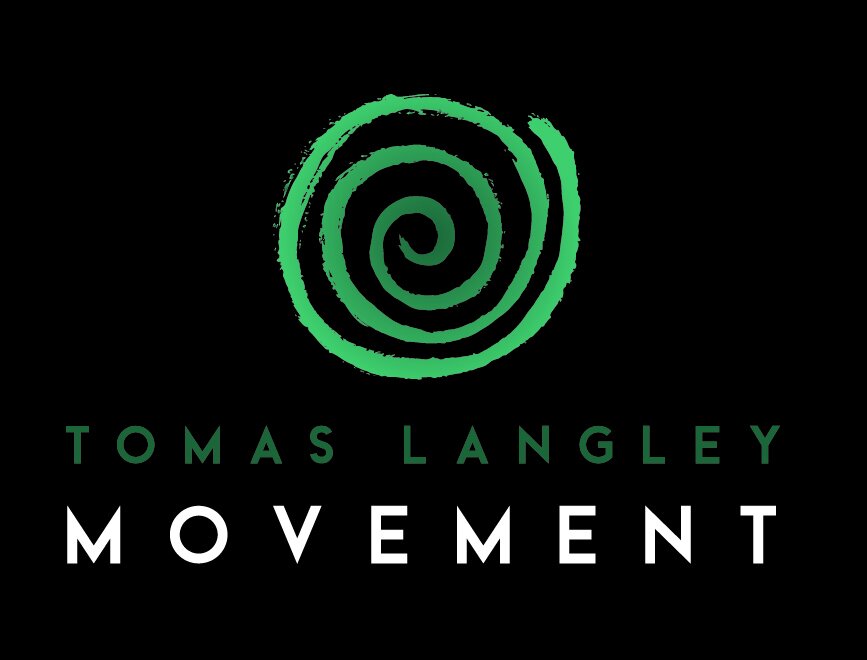I'm interested in nutritious things.
Nutritious food.
Nutritious relationships.
Nutritious movement. (Check out Katy Bowman)
Something is nutritious if it contains what you need for life and growth. By its very definition, what is nutritious will change over time and depending on who you are and what you need.
Nutritious things fill you up. They help you grow and change with the world around you.
Remember food as information and communication? Nutritious things are the information you give your body that see you grow and change.
They're the delicious parts of your story.
Nutritious and delicious is a good mantra to live by.



